The joy of riding an electric scooter on a sunny day can quickly turn into a soggy situation when unexpected rain showers strike.
While it’s generally advisable to avoid riding in heavy downpours, there are times when you might have no choice but to brave the wet weather on your e-scooter.
The good news is that with the right precautions and knowledge, you can safely navigate rainy conditions on your electric scooter.
In this comprehensive guide, we’ll explore the ins and outs of riding e-scooters in the rain, including water resistance ratings, safety tips, and essential maintenance practices to keep your scooter in top shape.
Are electric scooters waterproof?
Electric scooters are designed with varying levels of water resistance, but very few models can be considered truly waterproof.
The level of water protection is determined by an IP (Ingress Protection) rating, which consists of two numbers.
The first digit represents the scooter’s resistance to solid particles like dust, while the second digit indicates its ability to withstand moisture and liquids.
The higher the second number, the better the water resistance. For instance, an IP rating of 4 means the scooter is protected from splashing water, while a rating of 6 signifies protection against powerful water jets from any direction.
The Nought.One electric scooter proudly boasts an IP65 rating, making it impervious to rain, snow, and sleet – a rare feat in the e-scooter industry.
Understanding IP Ratings
To better grasp the significance of IP ratings, let’s break down what each number represents:
4: Protected from splashing water from any direction
5: Protected from low-pressure water jets from all directions
6: Protected from high-pressure water jets from all directions
7: Protected against short-term immersion in water (up to 1m)
8: Can withstand longer periods of immersion in water (up to 1m)
It’s crucial to note that while a higher IP rating indicates better water resistance, it doesn’t mean your electric scooter is entirely waterproof.
Even with an IP65 rating, it’s still advisable to avoid riding through deep puddles or submerging your scooter, as this could potentially damage the electrical components.
Is it safe to ride e-scooters in the rain?

Safety should be the top priority when considering riding an electric scooter in the rain. One of the biggest concerns is reduced visibility, which can make it difficult for you to see other road users and vice versa. To mitigate this risk, it’s essential to take steps to increase your visibility.
Wear reflective, waterproof gear, and ensure your electric scooter’s lights are functioning properly before heading out.
Keep your lights on at all times, and make sure they can be seen from at least 150 meters away. Additionally, consider adding reflectors to your scooter for extra visibility.
Adjusting Your Riding Style
Wet conditions also demand adjustments to your riding style. First and foremost, reduce your speed.
Braking distances are longer on slippery surfaces, so you’ll need extra time and space to come to a complete stop. Avoid sudden or hard braking, as this can cause the wheels to lock up and result in a dangerous skid.
Furthermore, lower your tire pressure slightly to improve grip on wet roads. This will provide a smoother, more stable ride and help you maintain better control.
Be cautious of “rainbow” puddles, which can indicate the presence of oil or fuel on the road, making surfaces extremely slippery. Similarly, painted lane markers can become treacherous when wet, so it’s best to avoid them whenever possible.
What to do when your electric scooter gets wet
Even with the best precautions, your electric scooter may still get wet during a rainy ride. In these cases, it’s crucial to take proper care of your scooter to prevent water damage and ensure its longevity.
After a wet ride, resist the urge to fold your scooter immediately. Water could drip down into the sensitive electrical components, potentially causing short circuits or corrosion.
Instead, use a small towel or rag to thoroughly dry the scooter, paying close attention to nooks and crannies where moisture could accumulate.
Proper Storage and Maintenance
Once your electric scooter is dry, store it in a warm, dry place, avoiding damp or humid environments. Regularly inspect the scooter for any signs of rust or corrosion, and address these issues promptly to prevent further damage.
It’s also a good idea to lubricate moving parts and check the tightness of screws and bolts after riding in wet conditions. This will help ensure smooth operation and prevent any potential issues caused by moisture exposure.
Table: Quick Tips for Riding E-Scooters in the Rain
| Tip | Description |
| Check IP Rating | Ensure your e-scooter has a suitable IP rating for wet conditions. |
| Wear Reflective Gear | Increase visibility by wearing reflective, waterproof clothing. |
| Keep Lights On | Make sure your scooter’s lights are functioning and visible from a distance. |
| Reduce Speed | Slow down to account for longer braking distances on slippery surfaces. |
| Avoid Hard Braking | Gradual braking prevents wheel lockup and skidding. |
| Lower Tire Pressure | Slightly reduced tire pressure can improve grip on wet roads. |
| Beware of Puddles | Avoid puddles, as they may conceal potholes or deep water. |
| Dry Thoroughly | After a wet ride, use a towel to dry your scooter and prevent water damage. |
| Proper Storage | Store your scooter in a warm, dry place after a wet ride. |
Also Read This Post:
Bicycle Safety
FAQ’s
Can I ride my electric scooter in heavy rain?
It’s generally not recommended to ride an e-scooter in heavy downpours, as this can increase the risk of water damage and compromised safety.
How do I know if my electric scooter is water-resistant?
Check the IP (Ingress Protection) rating of your electric scooter. A higher second digit indicates better water resistance.
What should I do if my electric scooter gets submerged in water?
Immediately remove the battery and allow the scooter to dry thoroughly. Avoid turning it on until all moisture has been removed.
Can riding in the rain damage my electric scooter’s battery?
Prolonged exposure to moisture can potentially damage the battery, so it’s important to dry your scooter thoroughly after a wet ride.
How can I increase my visibility when riding an e-scooter in the rain?
Wear reflective gear, keep your scooter’s lights on, and consider adding reflectors to improve visibility in rainy conditions.
Final Thoughts
While riding an electric scooter in the rain is not ideal, it’s sometimes unavoidable. By understanding your scooter’s water resistance capabilities, taking proper safety precautions, and implementing essential maintenance practices, you can navigate wet conditions with confidence.
Remember to prioritize visibility, adjust your riding style, and properly care for your scooter after a rainy ride.
With the right knowledge and preparation, you can enjoy the convenience of your electric scooter even when the weather takes an unexpected turn.

I’m passionate electric scooter enthusiast and the voice behind this blog. I’m here to share my expertise and insights with you. From in-depth reviews to problem-solving guides, my goal is to help you make the most of your electric scooter experience.
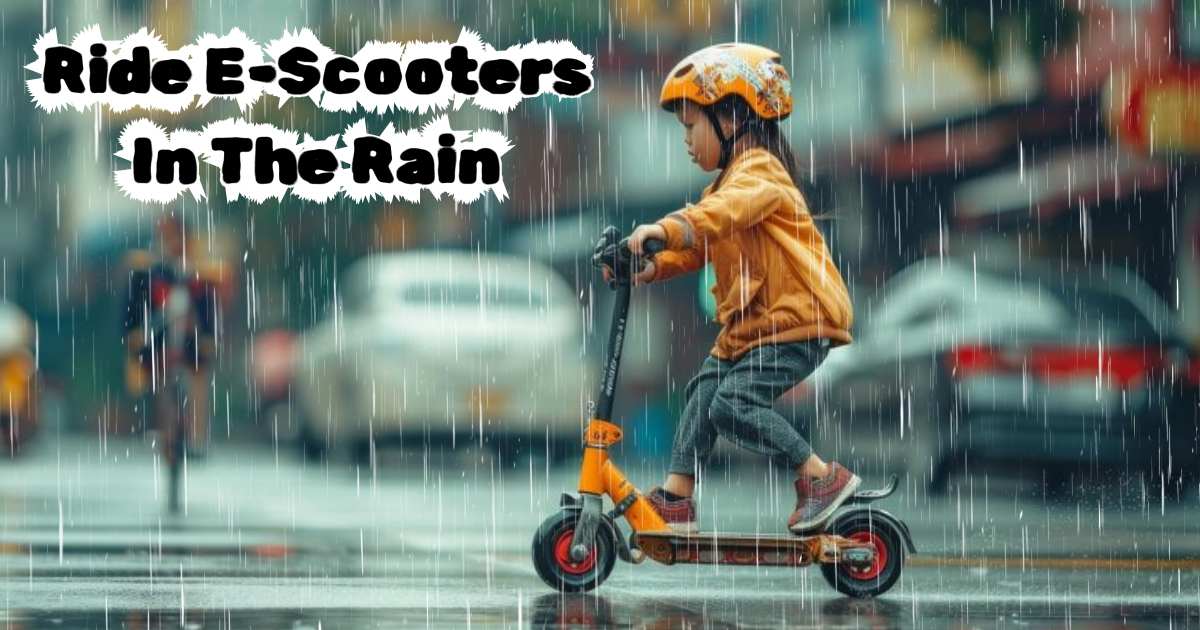
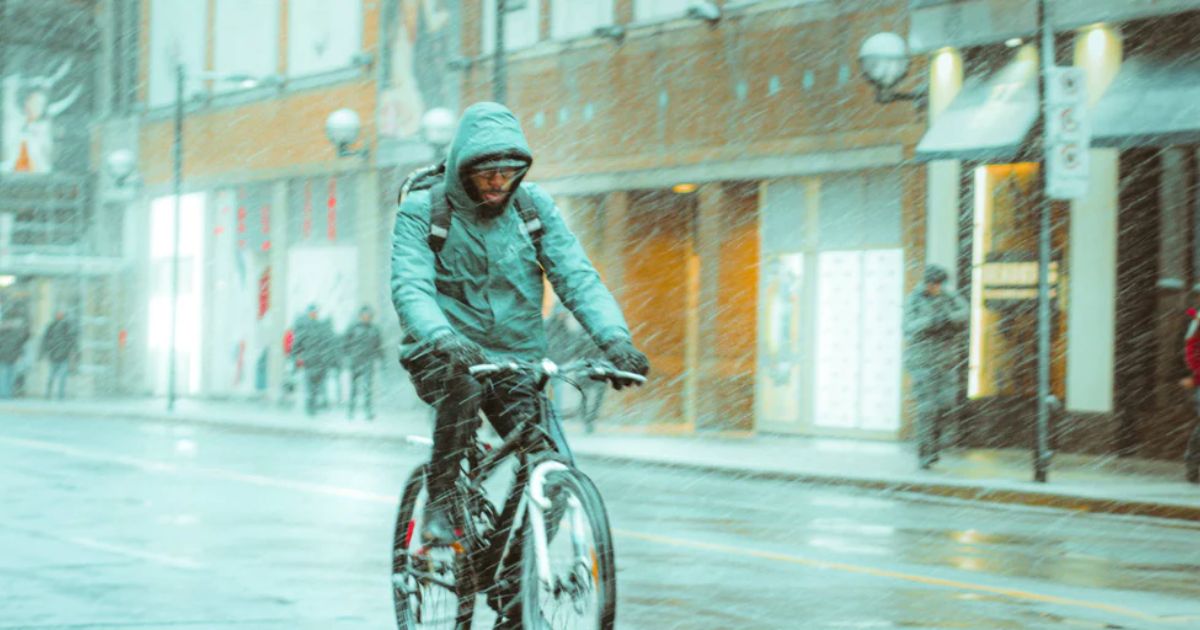
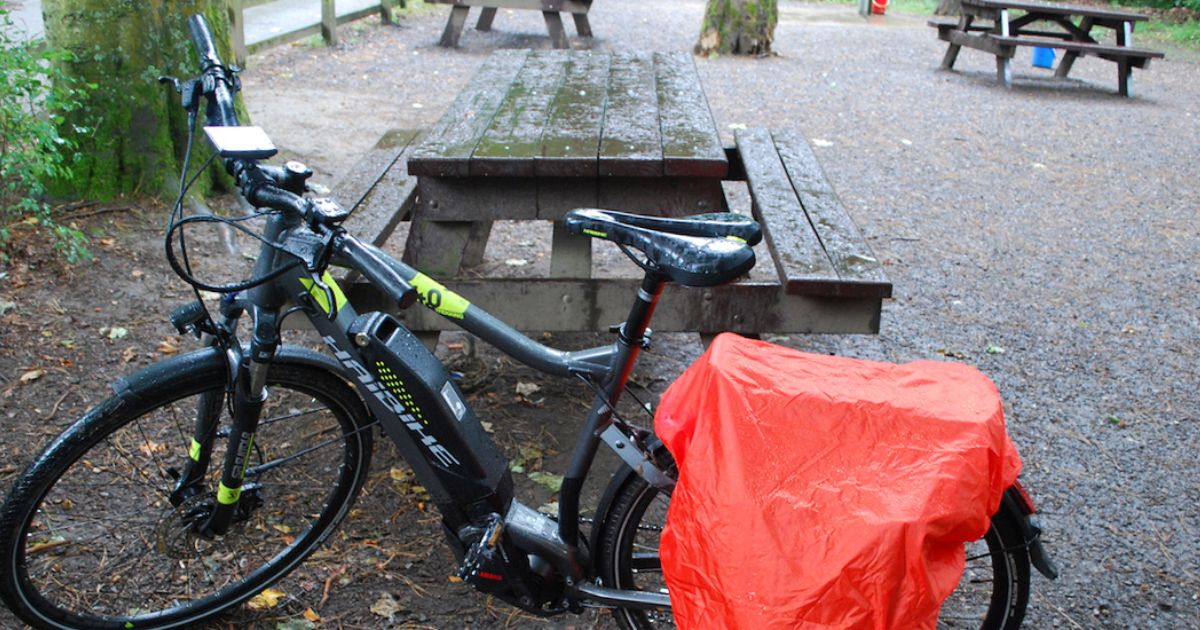
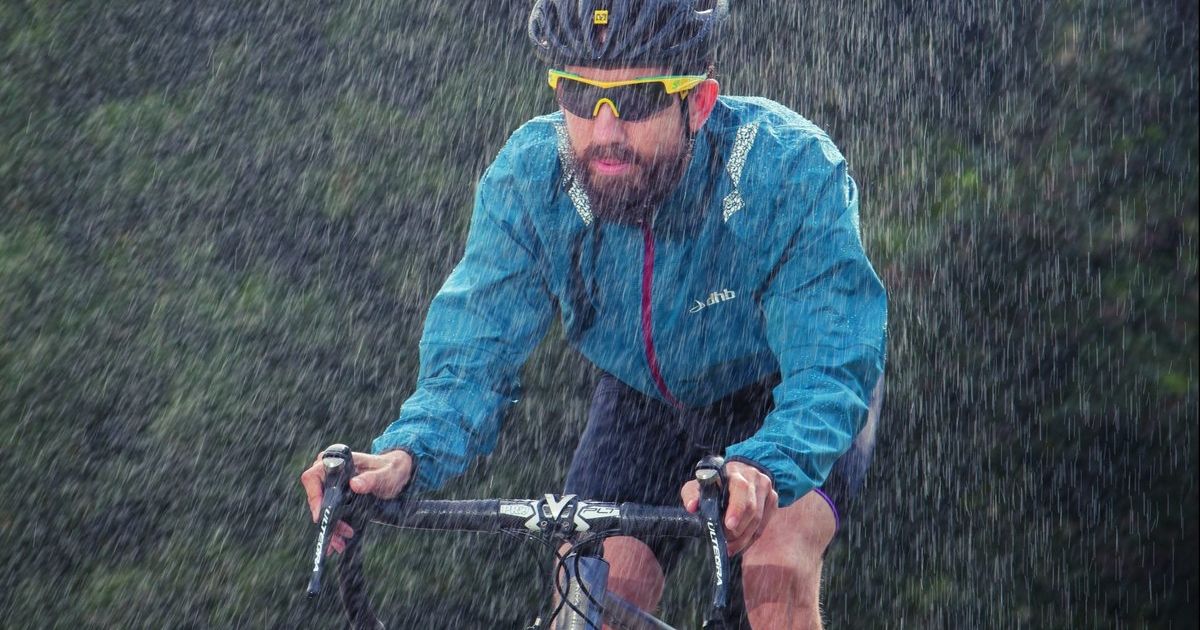
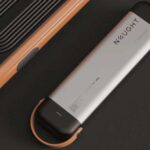



![Gomyfinance.com Invest: I Made $5,000 in My First Month [Real Results 2025]](https://electopolo.com/wp-content/uploads/2025/05/Gomyfinance.com-Invest-I-Made-5000-in-My-First-Month-Real-Results-2025-150x150.jpg)


